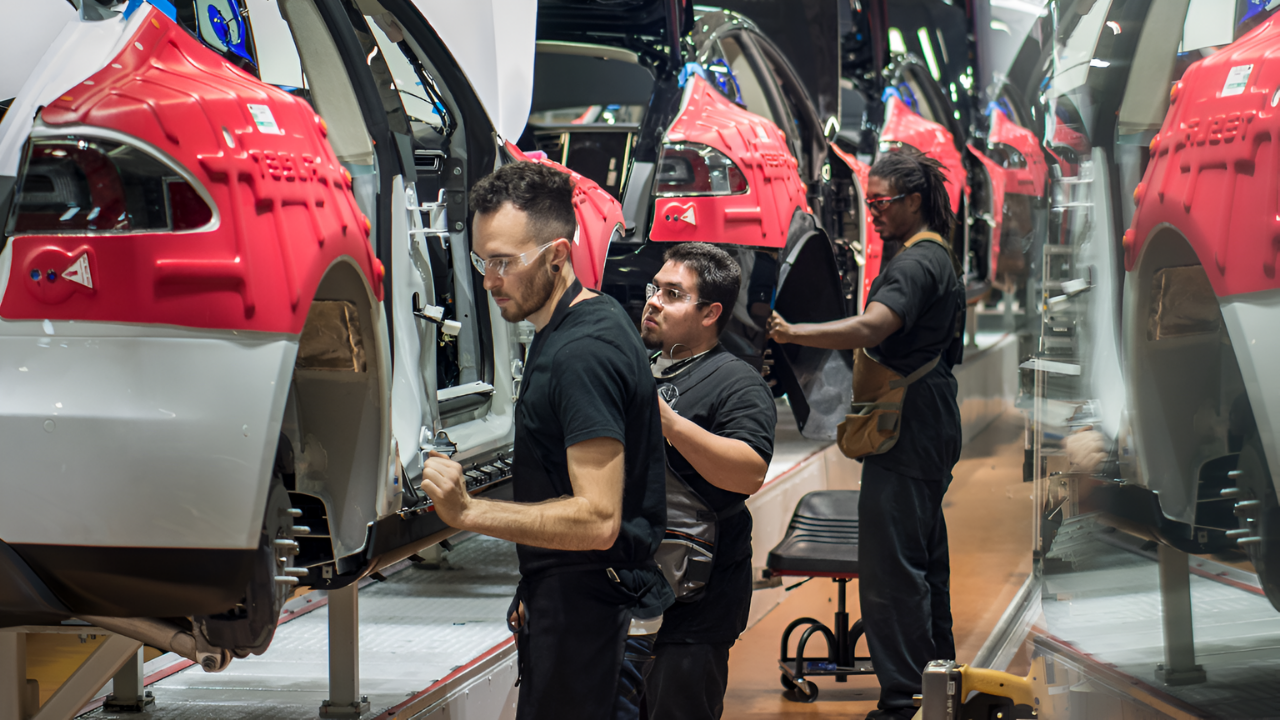
In Sept 2025, a federal class-action in San Francisco accused Tesla of favoring visa-holders over U.S. job-seekers. Plaintiffs note Tesla hired roughly 1,355 H-1B workers in 2024, even as it cut more than 6,000 American jobs.
They argue this “systematic preference” constitutes “wage theft”. Tesla has yet to comment on the filing.
Silicon Valley’s H-1B Surge
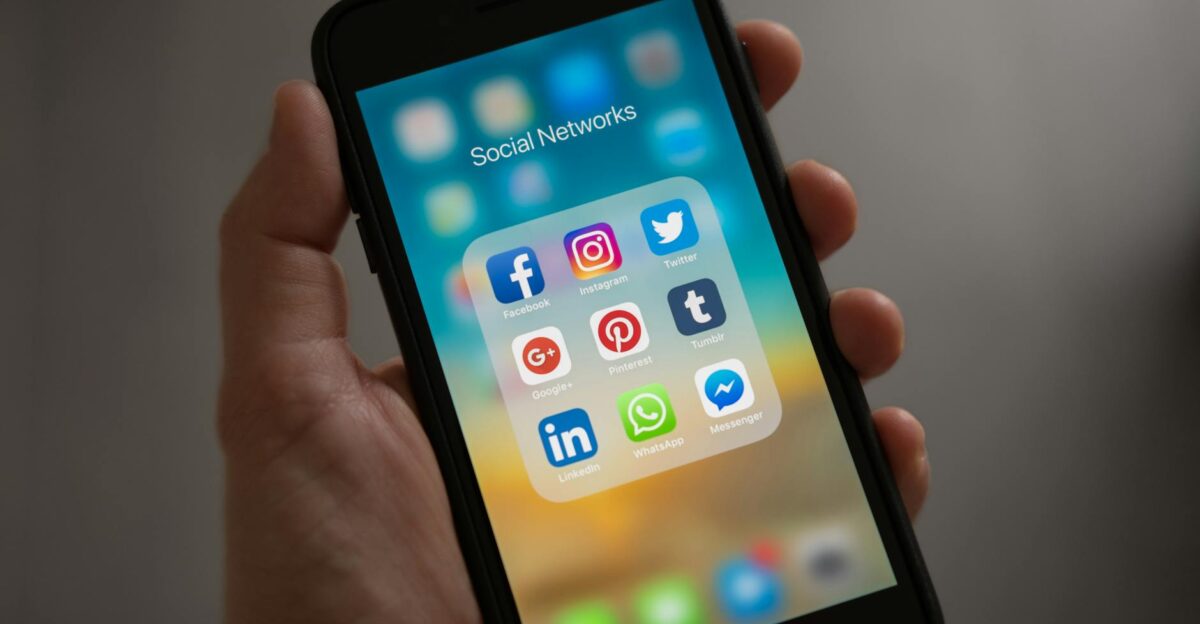
For perspective, Silicon Valley tech companies have long leaned on H-1B visas to staff engineers. Tesla alone petitioned for over 5,400 H-1Bs from 2018 to 2024 (401 in 2018 vs. 1,293 in 2024). In 2024, it won 724 visas.
By law, the H-1B cap is 65,000 per year (plus 20,000 more for advanced-degree holders).
Civil Rights Law in Tech Hiring
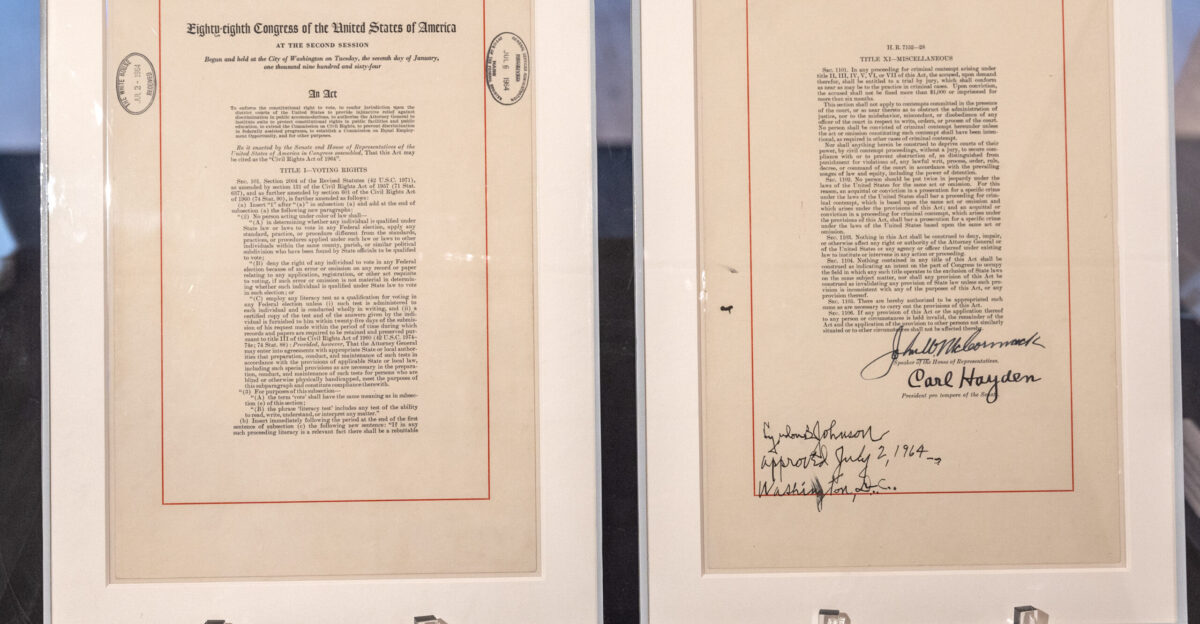
Legally, Section 1981 of the 1866 Civil Rights Act provides that “all persons… shall have the same right… to make and enforce contracts… as is enjoyed by white citizens”.
In June 2024, a Ninth Circuit panel held that extends to U.S. citizens seeking jobs over non-citizen visa-holders. That ruling conflicts with a 1986 Fifth Circuit decision that §1981 does not cover citizenship bias.
Tesla’s Financial Strain
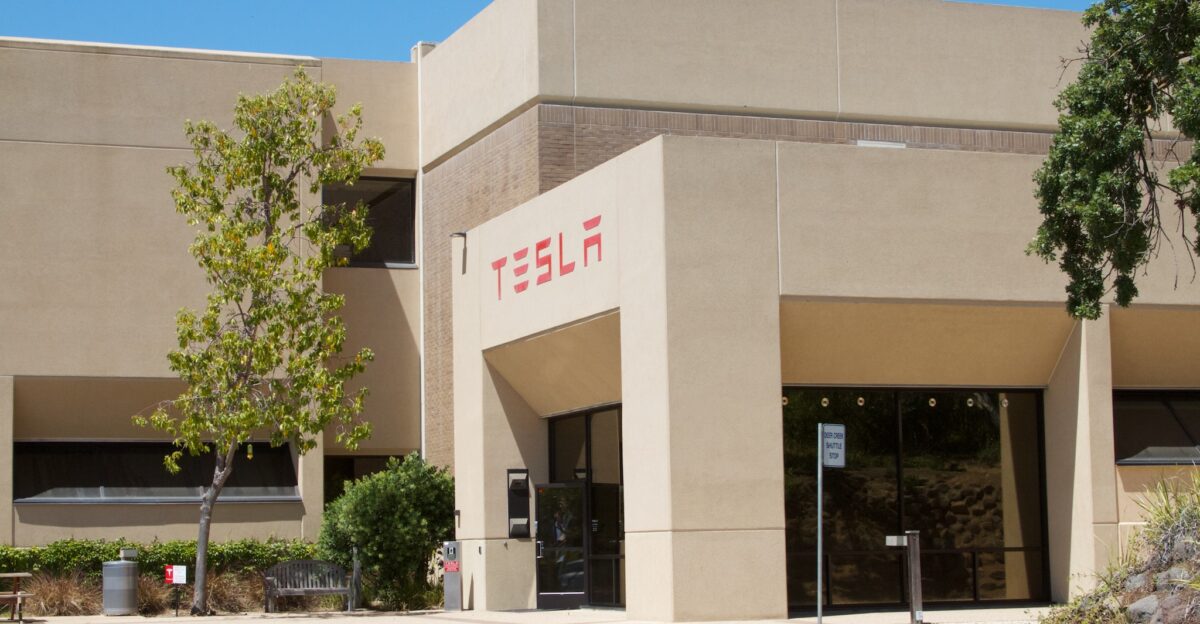
By early 2024, Tesla’s finances were under pressure. Q2 automotive gross margins fell to 14.6%, the lowest in five years, as the company cut prices to boost demand and spent heavily on AI projects.
Musk announced the cancellation of the planned $25K model and, in April, unveiled layoffs exceeding 10% of its workforce.
Over 6,700 Jobs Eliminated
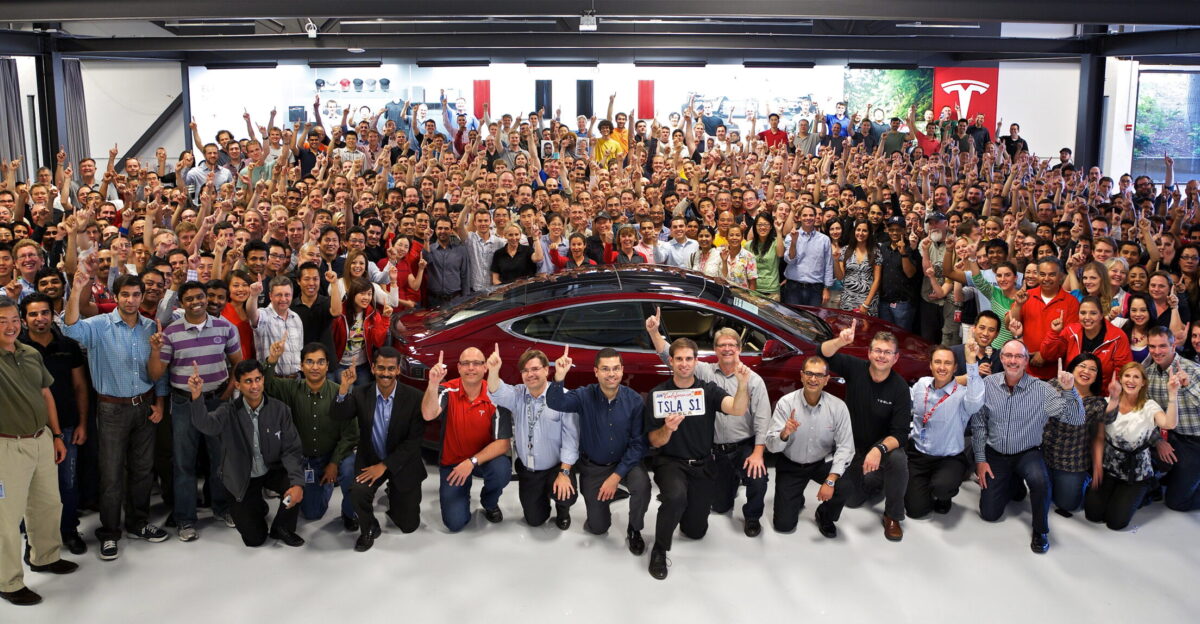
Culminating on April 15, 2024, Tesla’s WARN notices showed massive U.S. cuts: 3,332 jobs cut in California and 2,688 in Texas, plus 693 in Nevada, totaling over 6,700 positions.
Many workers say the cuts came abruptly: one supervisor recalled a 4:30 a.m. email stating “your position has been eliminated by this restructuring”.
Major U.S. Factories Cut
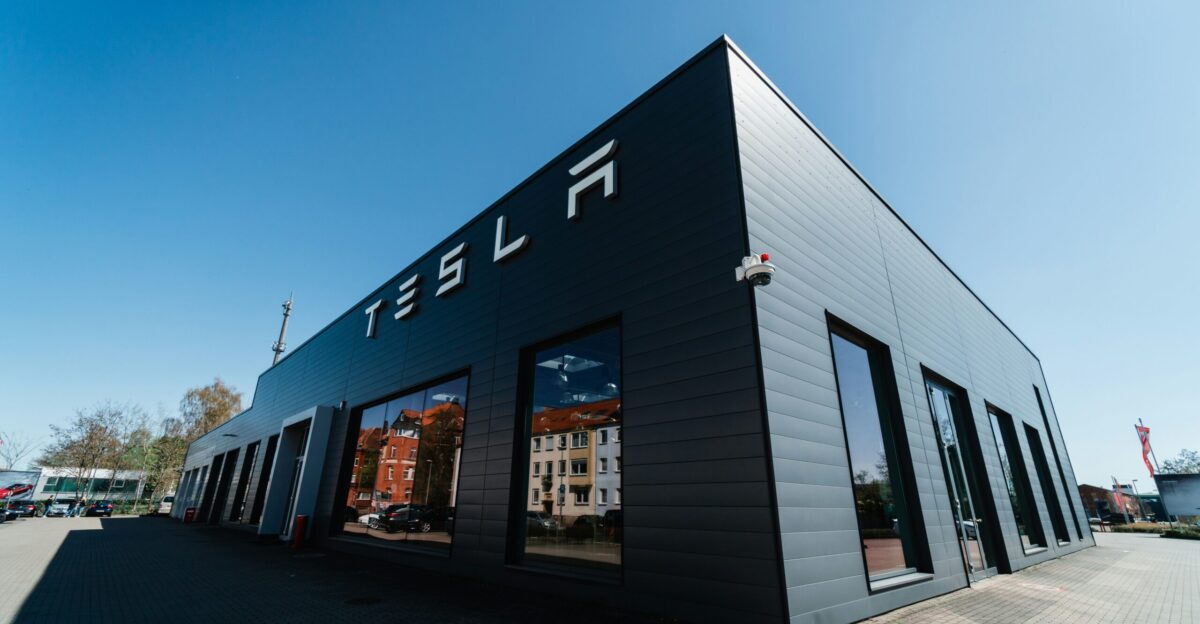
Geographically, the hardest hit were Tesla’s largest U.S. factories. Fremont, CA (≈20,000 employees) and Austin, TX (≈20,000 staff) both saw deep reductions.
Bay Area WARN filings listed 2,753 local layoffs in June, and Texas notices showed 2,688 cuts. Insiders say entire teams were slashed; “I lost 20% of my team, some really good players too,” one manager said.
Human Stories: Anxiety and Sacrifice
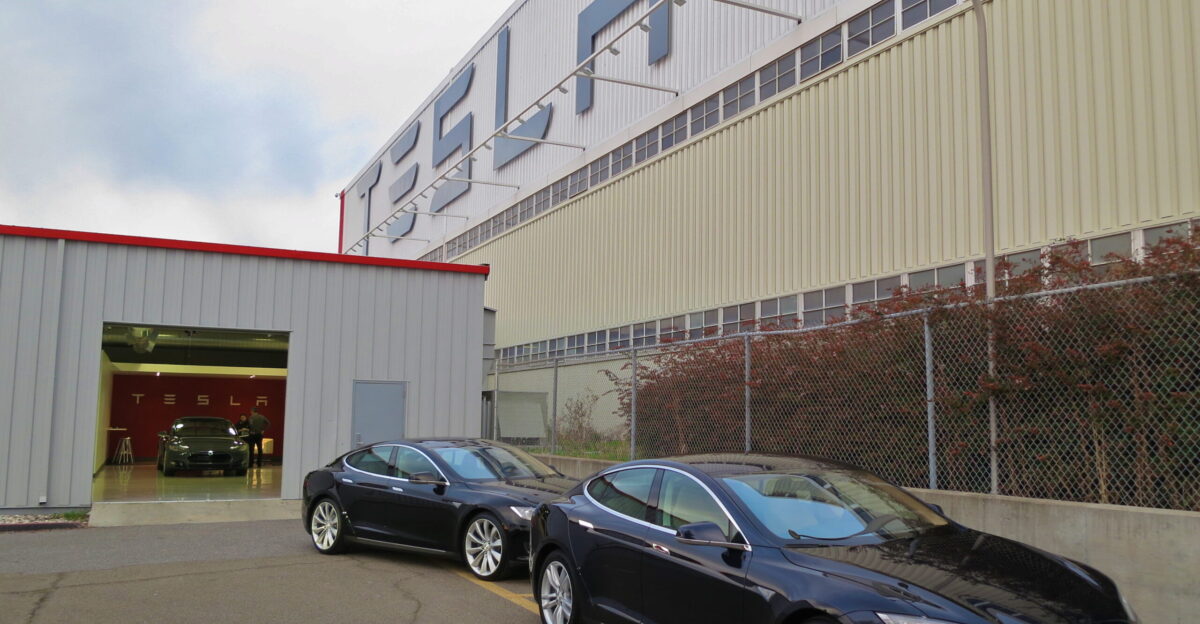
For factory workers, the toll was personal. One production supervisor said he awoke at 4:30 a.m. to find his system account disabled and an email stating “your position has been eliminated by this restructuring”.
Ex-supervisor Nico Murillo, who had slept in his car to make shifts, lamented that he had “sacrificed a lot for the company”. Another staffer quipped that the environment felt like Netflix’s “Squid Game” during the cuts.
Rivals Capitalize on Tesla’s Weakness
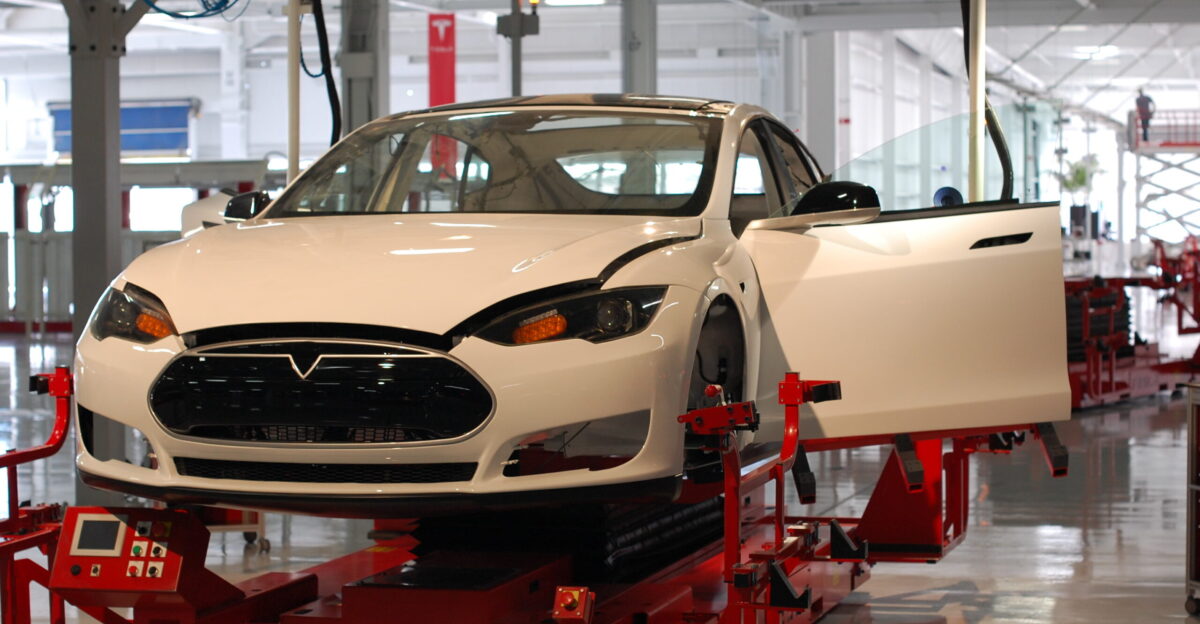
As Tesla cut staff, competitors pounced. General Motors saw U.S. EV deliveries jump 40% in Q2 2024 (GM’s Marissa West: “We can win as more customers embrace EVs”), while Ford, BYD, and others rolled out new models.
By mid-2025, Tesla’s share of U.S. EV sales had tumbled below 40%, as rivals offered cheaper vehicles and incentives that eroded Tesla’s advantage.
H-1B Visas Explained

By law, the H-1B visa program (established in 1990) caps specialty-occupation visas at 65,000 per year (plus 20,000 extra for U.S. master’s degree holders). Tech and finance firms dominate H-1B use – for example, over 70% of U.S. graduate computer-science students are foreign nationals.
Labor Dept. data show many H-1B hires are paid below market: in 2019, 60% of certified positions offered wages roughly 17–34% below local medians.
“H-1B Only” Job Listings
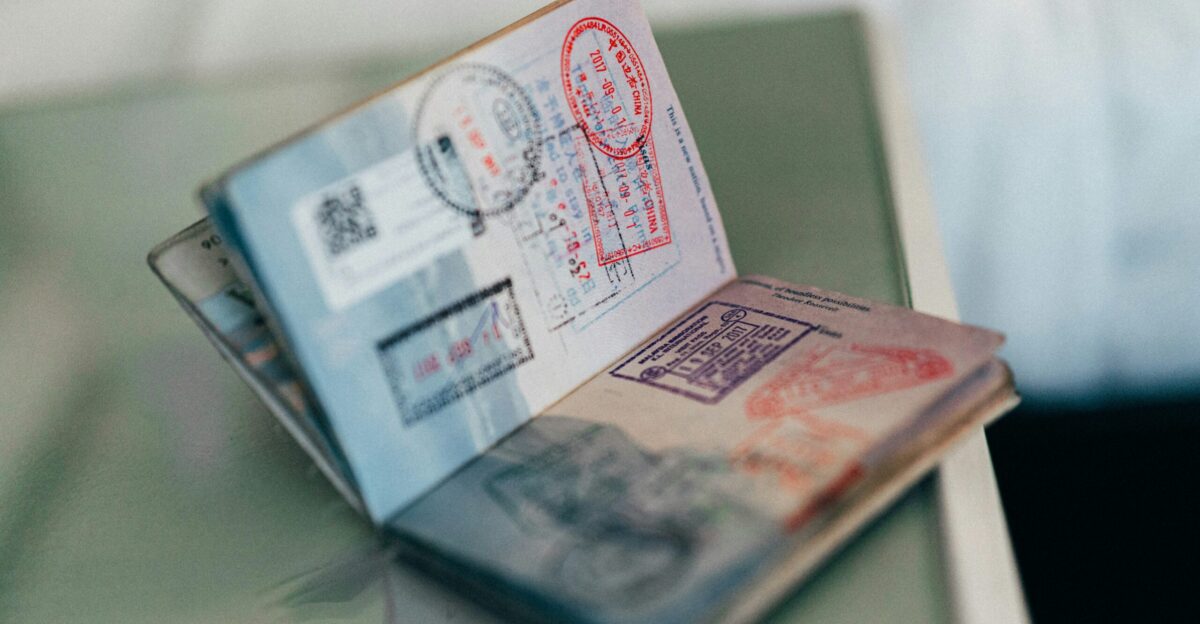
For one plaintiff, U.S. engineer Scott Taub, this policy became personal. In Sept 2023, a recruiter told Taub a Tesla software job was “reserved for H-1B only,” immediately disqualifying him.
Sofia Brander, a U.S. HR specialist, similarly lost out after indicating she needed no visa sponsorship. Attorney Daniel Kotchen argues Tesla used such rules to “depress wages” of American applicants.
Instability and Executive Departures
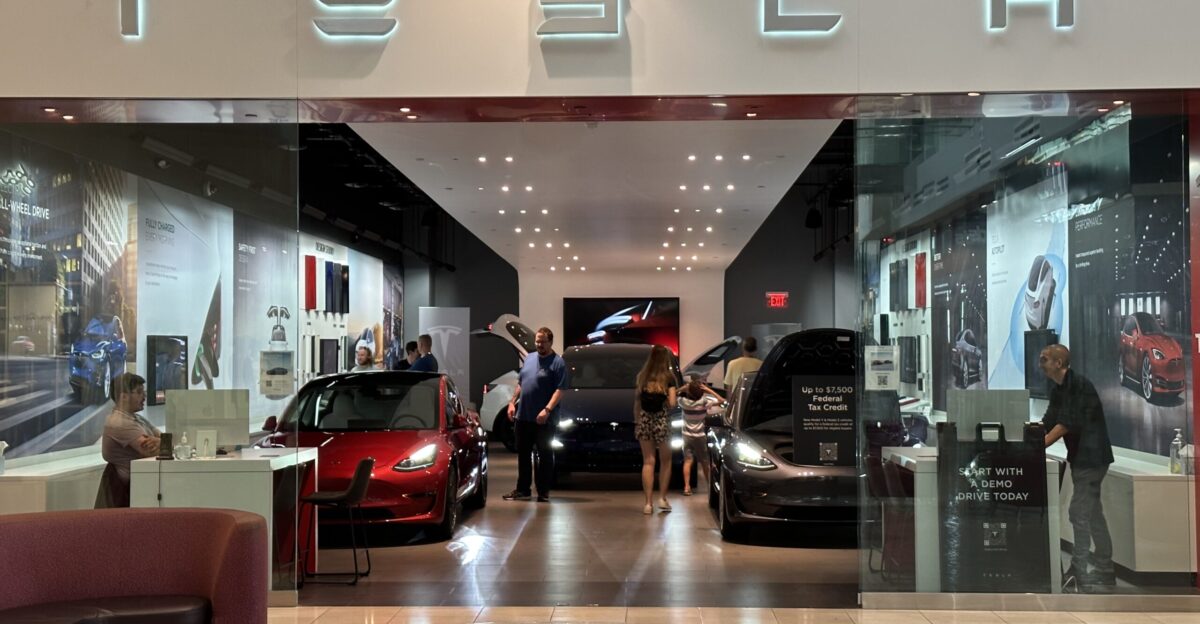
Inside Tesla, the cuts bred “constant anxiety.” Managers reported losing roughly 20% of their teams, even among top performers.
Two senior executives – Drew Baglino (SVP, Powertrain) and Rohan Patel (VP, Public Policy) – resigned in April amidst the layoffs. (Notably, Musk had told analysts the company would shift from a $25K car to developing robotaxis, perhaps making some roles redundant.)
Musk’s Robotaxi Focus
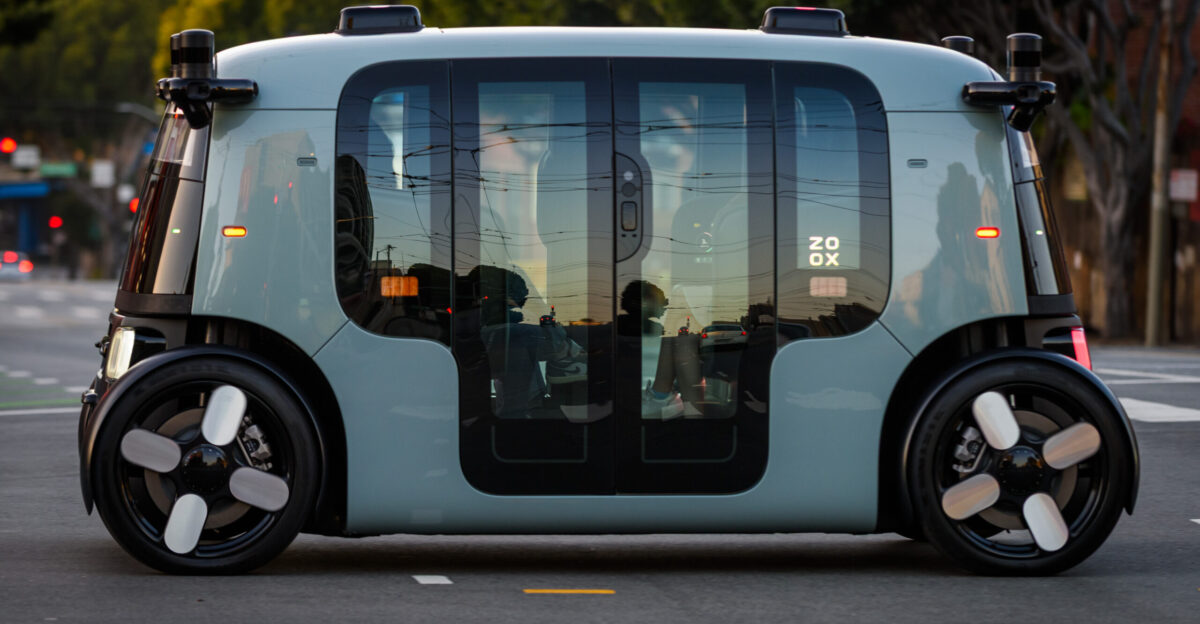
Strategically, Musk has pivoted Tesla toward robotaxis and AI. He canceled the promised $25,000 car and delayed the robotaxi unveiling to Oct 2024, claiming it could lift Tesla’s market value to $5 trillion.
As he put it on a conference call, “Tesla should be thought of as an AI robotics company, not a carmaker”. Critics worry this shift will neglect the core auto lineup.
Pursuing Class-Action Status

On the legal front, the plaintiffs are pushing to certify a nationwide class. Federal rules require “numerous” plaintiffs, and the complaint states that Taub and Brander “represent all members of the class”.
If approved, thousands of U.S. citizens who were denied Tesla jobs or laid off while visa-holders stayed could join the suit.
Skepticism Over Hiring Claims
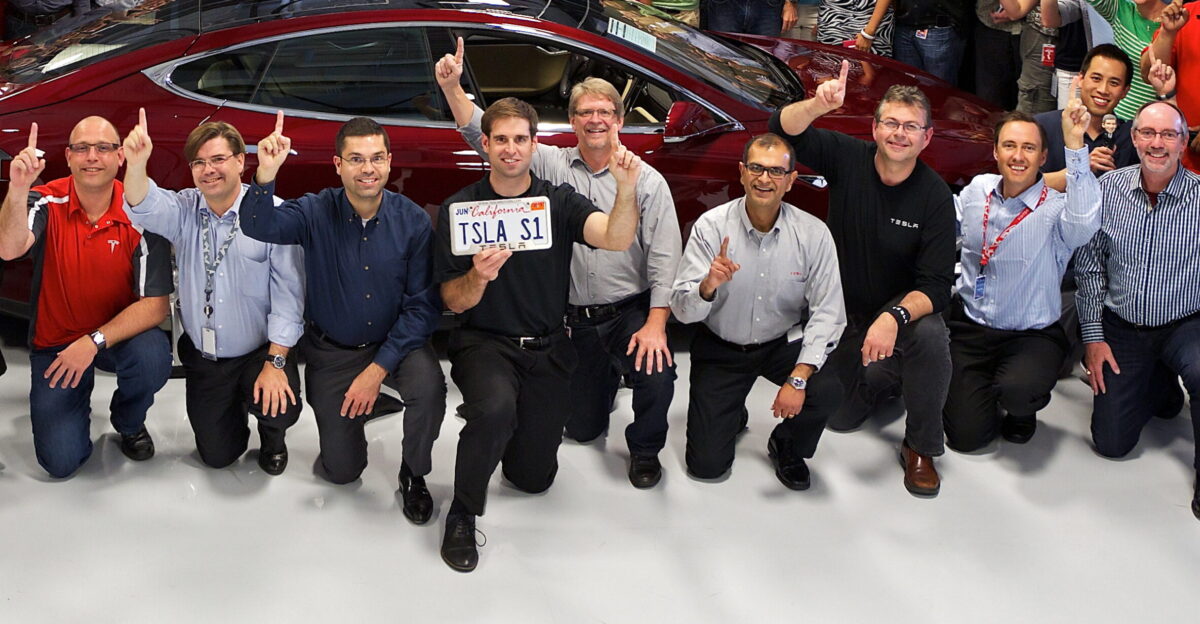
Yet, outside experts urge caution. Fact-checkers noted “no definitive evidence linking the layoffs directly to the hiring of H-1B workers”.
Tesla hasn’t responded publicly. Analysts say proving intentional citizenship bias will require detailed hiring data and statistical patterns – a high bar given mixed evidence on who filled roles and at what wages.
Legal Implications Loom
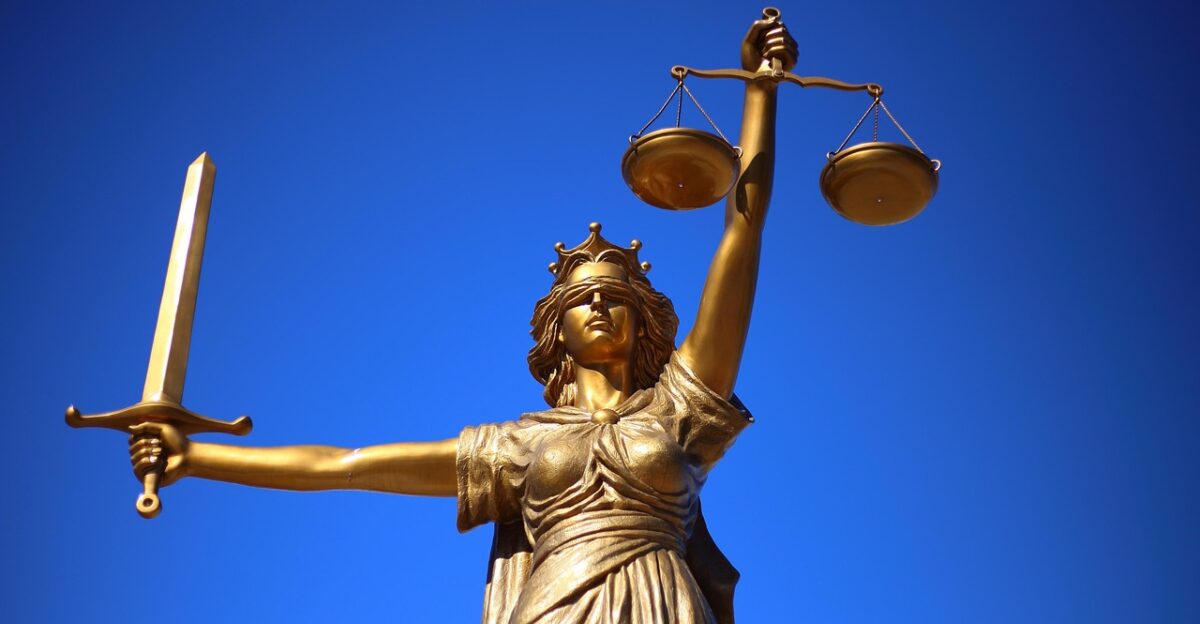
And the stakes are high. A win for the plaintiffs could extend §1981 claims across Silicon Valley, as the Ninth Circuit’s Rajaram precedent now allows U.S. citizens to sue for bias. On the other hand, a defense victory might reassure firms that visa hiring is lawful.
Experts note, however, that establishing “intentional” discrimination is very difficult, making this case a pivotal test of modern civil-rights law.
Washington’s H-1B Battle
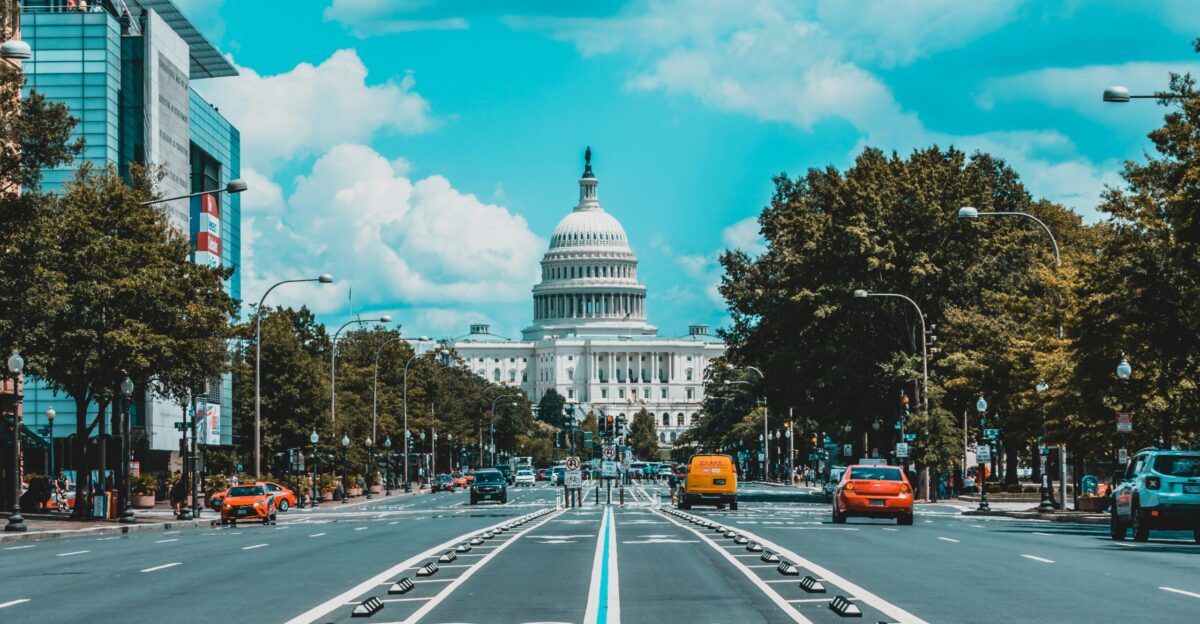
In Washington, the H-1B debate quickly became partisan. In Sept 2025, Trump announced a $100,000 fee on new H-1B visas, accusing firms of “abuse” that undermined American workers.
Musk – who held an H-1B himself – had warned he would “go to war” defending the program and even tweeted “the reason I’m in America… is because of H1B”. By late 2024, however, Trump surprised many by calling H-1B “a great program”.
Consequences Beyond Borders
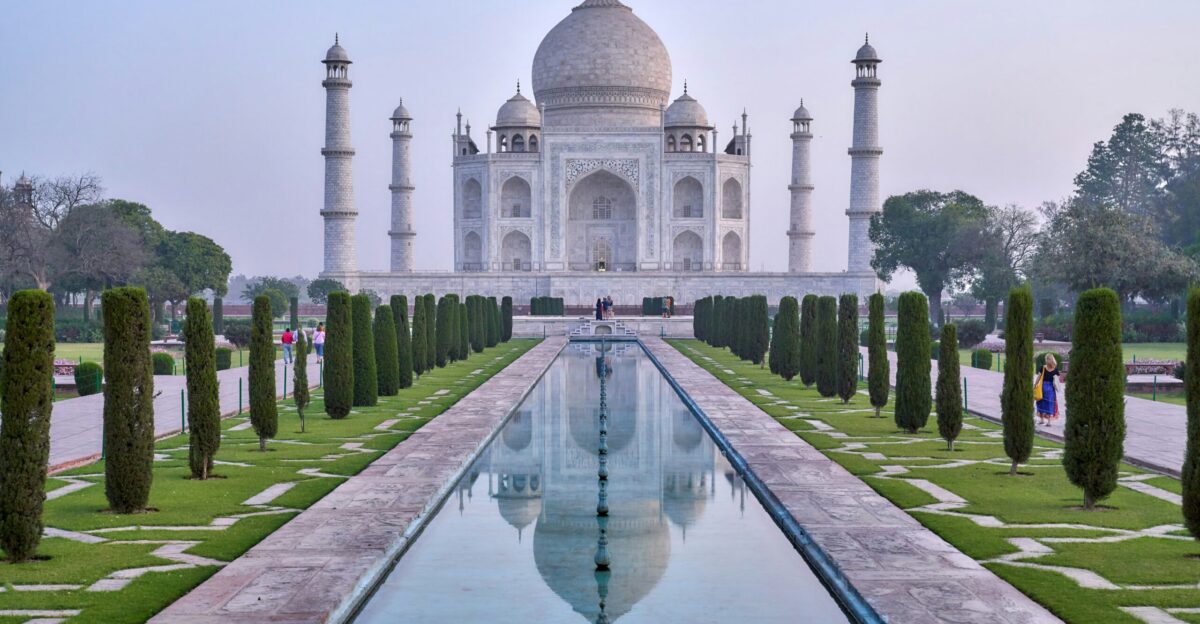
Elsewhere, the visa upheaval sent ripples globally. Amid confusion, U.S. employers urged H-1B holders abroad to rush back before the fee took effect.
Immigration lawyers say many companies are now exploring offshore staffing (especially in India) to avoid high fees. Some analysts even suggest the fee hike may spur more offshoring through global delivery centers – a boon for India’s tech workforce.
Court Split Explained
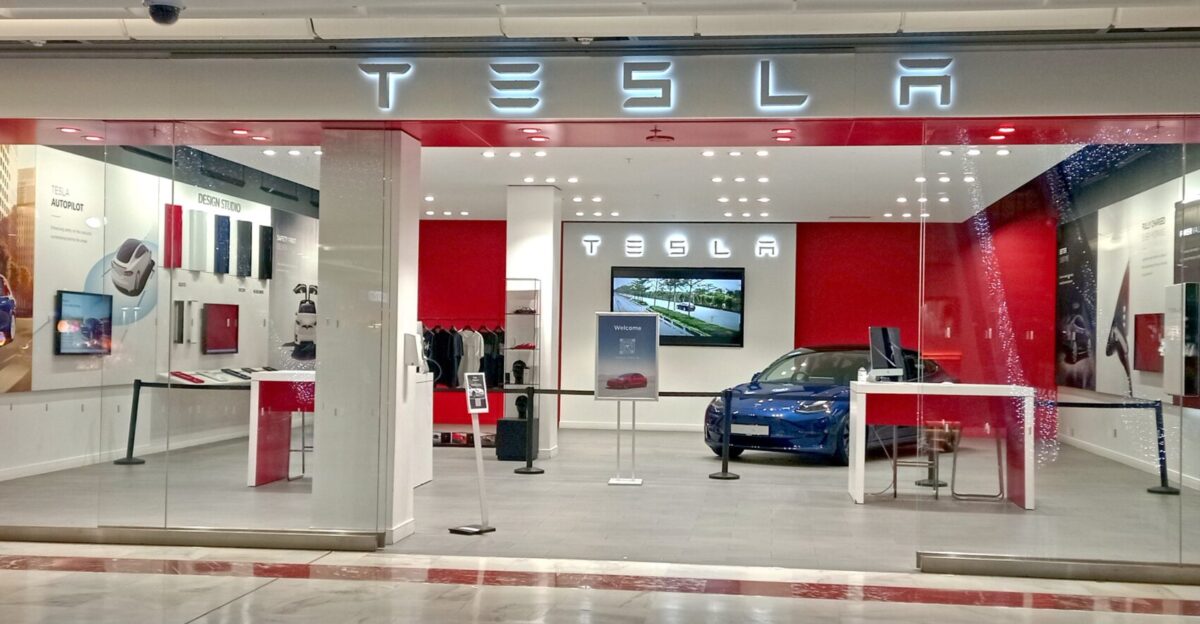
Crucially, Tesla’s case sets up a legal showdown. The Ninth Circuit holds Section 1981 bars citizenship bias, but the Fifth Circuit said in 1986 it does not. This split makes Supreme Court review likely.
A final decision could establish whether U.S. employees can sue when visa-holders are preferred for high-skilled jobs, or whether business needs justify the disparity.
Immigration in Cultural Debate
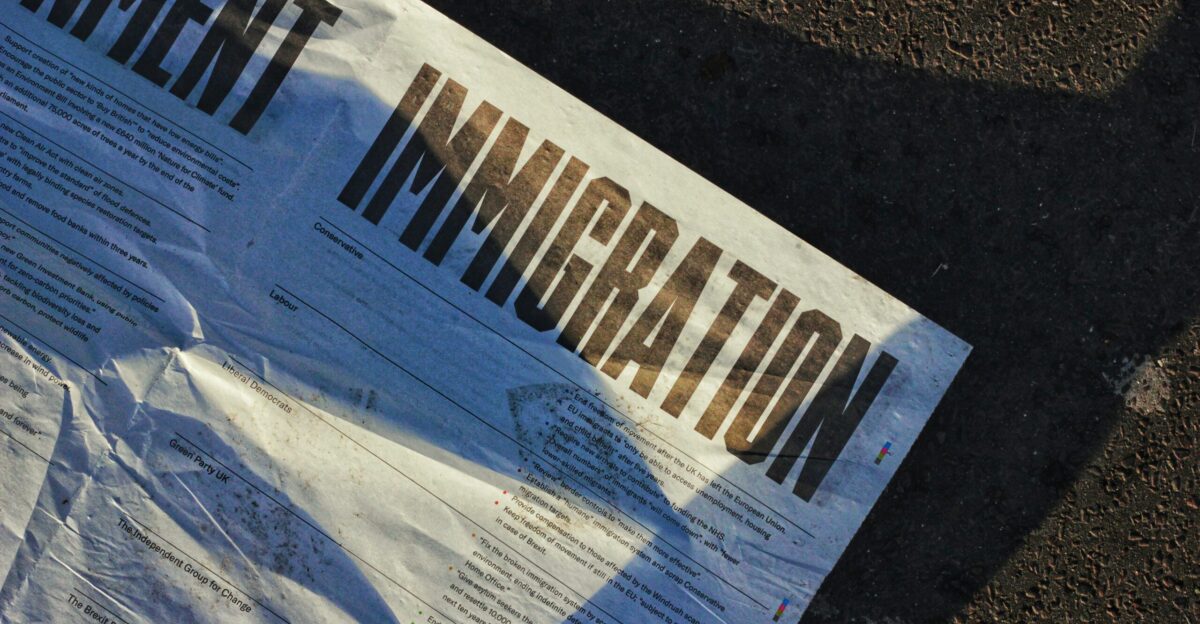
Politically, this fight highlights a broader divide. Musk’s promise to wage “war” over visa cuts estranged many populist followers, yet Trump’s later embrace of H-1B showed the issue cuts across ideologies.
As one analysis notes, Musk’s defense of the program clashes with anti-immigrant strains in conservative circles. The episode underscores tension between Silicon Valley’s global workforce model and nationalist sentiment.
The Innovation vs. Employment Divide
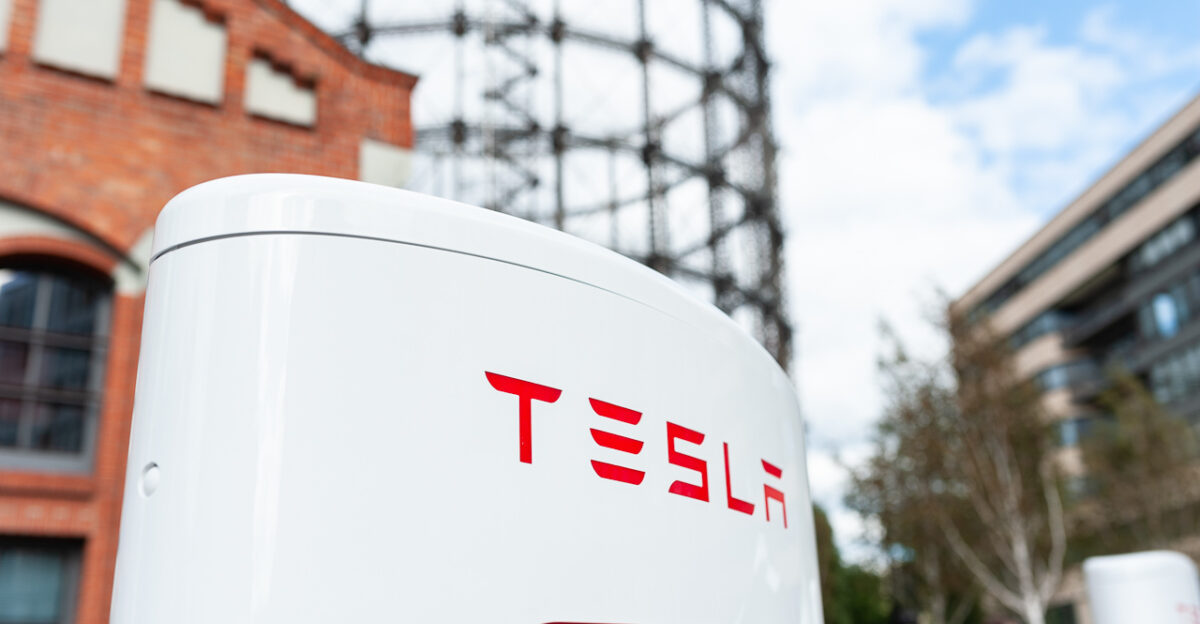
Ultimately, Tesla’s lawsuit encapsulates the tension between global competitiveness and domestic jobs. Critics point to studies showing H-1B hires often receive lower pay and to Trump’s warning that visa “abuse” has undermined American workers.
Meanwhile, advocates note that foreign STEM specialists often “fill a critical need” for U.S. innovation. The verdict – whatever it is – will force companies and courts to decide whether H-1B visas primarily boost technology or enable discrimination in hiring.